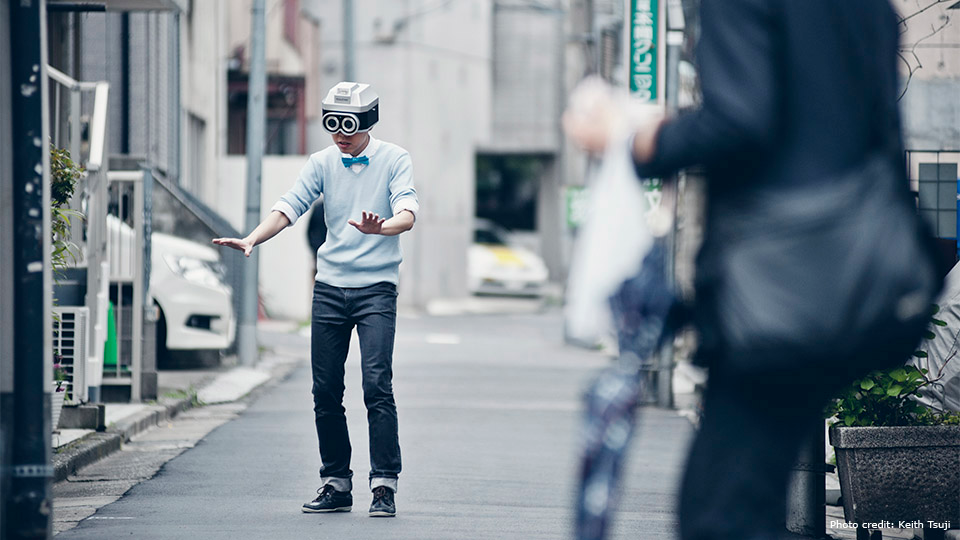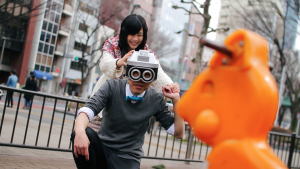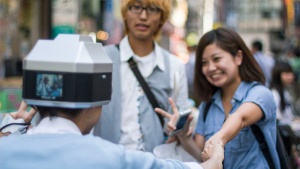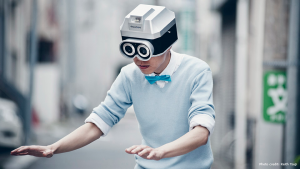A Brief Description
Paul Sermon‘s Telematic Dreaming (1992) is an interactive video installation connecting two separate locations via ISDN video conferencing. A double bed is set up in both spaces for participants to lie on and interact with each other remotely through video projection, cameras and monitors.
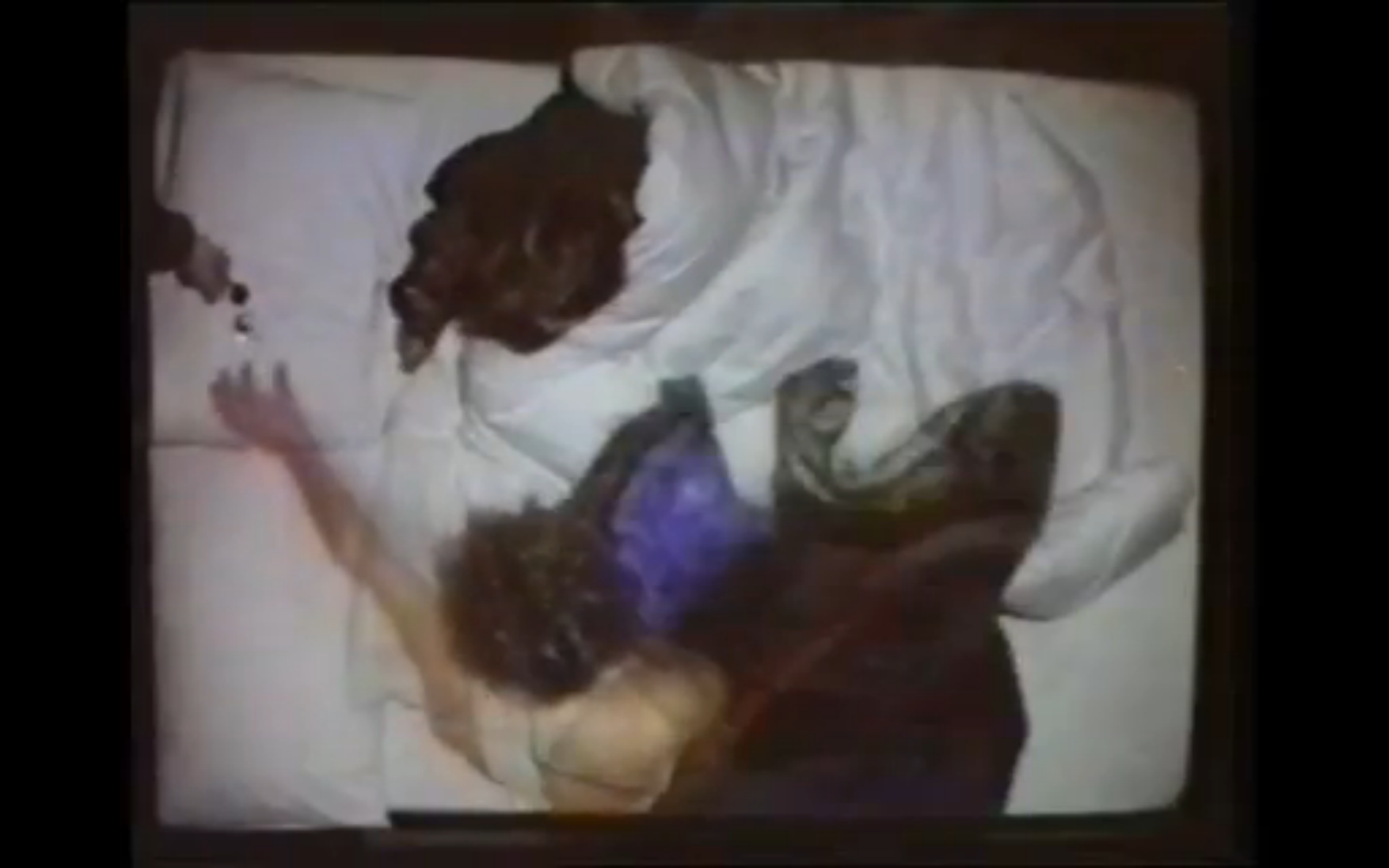
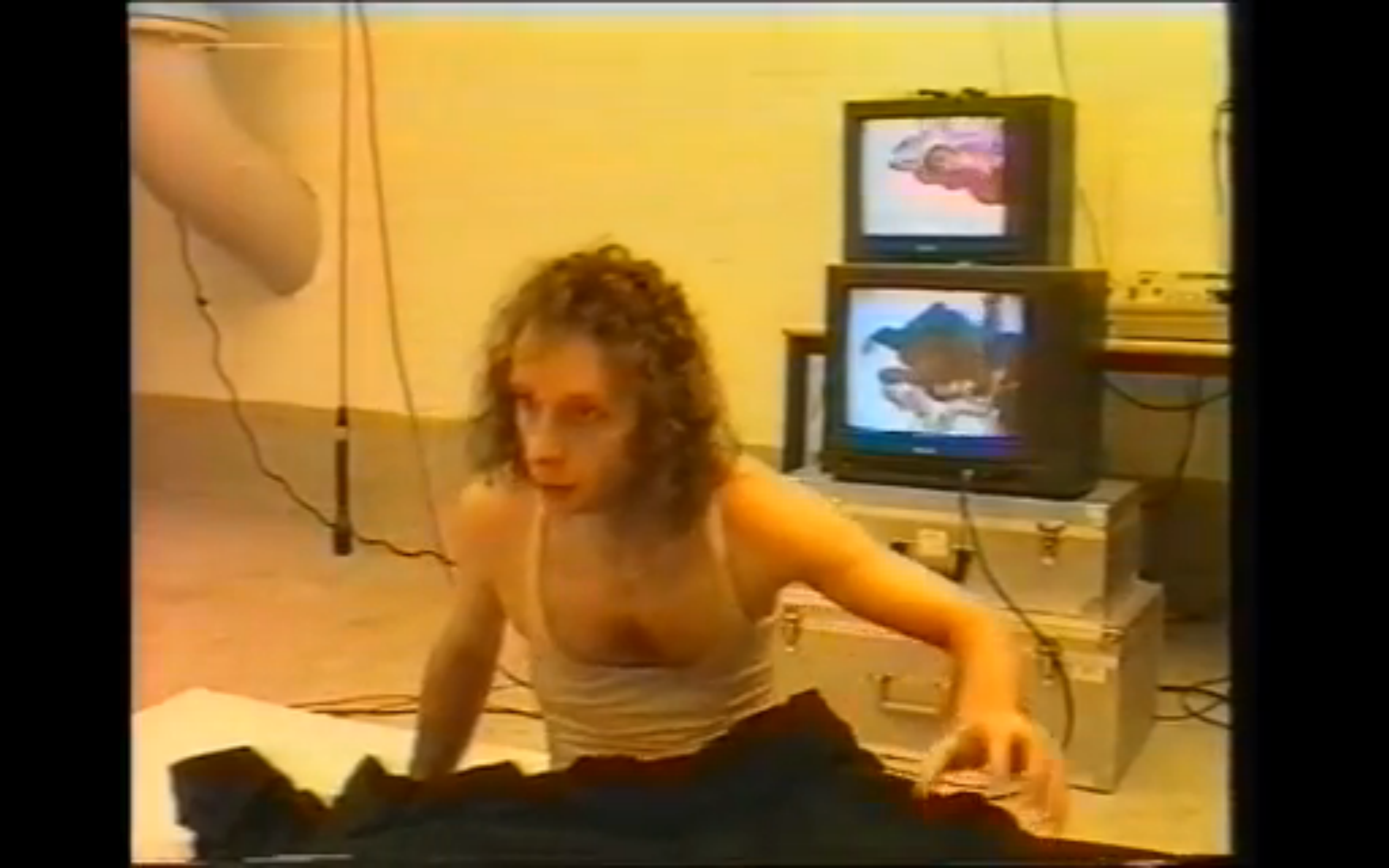
A New Reality and Way of Seeing
The work goes beyond bridging the local and remote, creating a new reality in the third space. Participants are only together in this third space, visible in the monitor or telepresent projected image. Although video-calling is now ubiquitous, Sermon’s work is groundbreaking for its time. It presents the co-creation of narrative and experience through remote interaction in a third space, which has become an integral aspect of today’s Internet.
“And from this ubiquitous state of shared presence we have come to inhabit an entirely new way of seeing via a fracturing of perception.” — Randall Packer, “The Third Space” (2014)
Similarly, Telematic Dreaming alters perception and reality through sensory replacement. As participants lie on the bed and encounter each other as telepresent images, the seeing eye replaces the feeling hand. The third space rejects conventional ideas of time and space, and engenders new modes of navigation, creating a synesthetic experience.
Allowances of the Third Space
The double bed has psychological and cultural associations as an intimate, private space. Sermon subverts this by bringing together strangers who readily share this space and test the limits of this new reality and relationship. Their interactions suggest that people are open to intimacy in the third space and even boldly seek it, perhaps because it is “a space of invention and possibility… where participants might assume their avatar identities”.[i]
Although the third space has become our reality and can bridge vast cultural and geographical chasms, it nonetheless begs the question: Is it enough? The common expression ‘the human touch’ typically refers to some intangible quality of care and emotion. However, could it be as simple as warm, damp, physical contact?
References
[i] Packer R. “The Third Space,” (2014) in Reportage from the Aesthetic Edge

